THE ONLY GOOD SNAKE IS A DEAD SNAKE?!?!? : How to Handle a Wild Snake Encounter – Evaluating Your 3 Options
Snakes are just about everywhere, and many people really don’t like them. Each year, a lot of them are intentionally killed, but why? Are snakes really a danger? Do they all pose a threat to humans? What is the best way to deal with a wild snake? These are the questions, now here come the answers!
An American Brown Snake, as harmless as it is beneficial
If you are short on time or would rather not read, just skip to the three minute video at the end.
YOUR THREE MAIN OPTIONS
LEAVE IT ALONE
KILL IT
CAPTURE IT
Water Moccasin AKA Cottonmouth
OPTION 1 : LEAVE IT ALONE
DANGER LEVEL OF OPTION 1 : LOW
EFFECTIVENESS LEVEL : REASONABLE
The first option that we should all consider when encountering a wild snake is to leave it alone. This works on both venomous and nonvenomous snakes, and is usually very effective. Simply put, most snakes do not pose a threat to humans. Even highly venomous snakes would often rather not deal with people. Though some have a reputation of being “aggressive”, often, they are actually only being “defensive”. Yes, there is a difference.
To be considered “aggressive” a snake would have to actively attack you, when it is not provoked and does not feel threatened. If it feels threatened first, then its response if defensive. The vast majority of snakes are in no way aggressive. Many will "run" away from you if they see you coming, and you may have never even known that they were there. As someone who captures a lot of snakes, I kind of wish that they were aggressive. If they came looking for me, then I wouldn't have to jump into the bushes after them.
When a snake does try to bite a human, it is usually defensive. A lot of snake bites occur when a snake feel threatened. This makes the majority of bites defensive. (I want to make sure that this point is understood.) The snake thought that it was in danger, and tried to defend itself. It is also worth noting that you do not have to be aware of a snake in order for it to feel threatened by you. If you step over a log with a snake under it, it may get startled and feel threatened, biting you in the process without you ever even knowing that it was there.
Most people who get bit by snakes are bit when they are trying to capture or kill them. I've been bit a lot, just not by venomous ones, and every time it was because I was trying to capture it. The safest way not to get bit by a snake when you encounter one is to leave it alone. Often, just turning the other way or walking around it is all that it takes to avoid any sort of threat that it may have posed.
Also, I consider this a great first option, because if it doesn't work, and the snake is repeatedly observed in the same area, it allows you to try another option at that point. The option of killing it has no Plan B is you are successful in killing it. You can't move it somewhere else or leave it alone and allow it to continue on its way, because it'll be dead.
Copperhead
OPTION 2 : KILL IT
DANGER LEVEL OF OPTION 2 : HIGH
EFFECTIVENESS LEVEL : HIGH
This option is very common for many people, leading to the expression that "the only good snake is a dead snake." This is simply not true. Snakes fill a vital niche in the ecosystem, and are there for a reason. Without snakes, the populations of many animals, including rodents, would exponentially increase. Personally, I'd rather not deal with wild mice and rats everywhere, and in some cases, they can pose a bigger threat than snakes anyway.
Using the kill option also removes the possibility of using any other method. Plus, it ends the snakes life. Many snakes, including Racers & Kingsnakes can actually help keep the populations of venomous snakes in check too, because other snakes are one of their main food supplies. I know that it sounds strange to claim that a good way to have less snakes around is to have some snakes around, but in this case, it can prove to be true.
Snake identification is also an important aspect of evaluating options. I can understand why many people do not desire to have venomous snakes around their property. That can be dangerous. However, venomous snakes, especially in the US, can be pretty easy to properly identify, so there usually is no need for killing all the other snakes in an attempt to keep the venomous ones away.
Technically, there are only four "kinds" of venomous snakes in the us, and representatives from three of those kinds are included in this post.
The four "kinds" of indigenous venomous snakes in the United States are:
Copperhead
Water Moccasin AKA Cottonmouth
Coral Snake
Rattlesnakes
Rattlesnakes are a larger group within the Pit Viper family, but they all have rattles on their tails, even if it is only one tiny one at the tip of a baby's tail. With the amount of information available these days, there is no need to be ignorant. A small, slender, bright green snake in the woods or fields in the US will never be one of these venomous kinds. Neither will a long, slender black snake with yellow stripes running the length of its body. It is not possible for such indigenous snakes to be venomous, so there is no need to claim to be killing them under the banner of "venomous snakes are bad".
Attempting to kill a snake can be a dangerous situation. First of all, you have to get close enough to kill them, which often will put you in striking distance. You could attempt to stay out of striking distance by using a gun, but shooting guns into the dirt can also be dangerous. Additionally, it is worth noting that many states have law prohibiting the killing of snakes, and many snakes are actually protected because of their dwindling populations.
Personally, I generally shy away from killing a snake. In certain situations they can be a valuable food source, but most of the time, we are not in such situations.
Pygmy Rattlesnake
OPTION 3 : CAPTURE IT
DANGER LEVEL OF OPTION 3: HIGH
EFFECTIVENESS LEVEL : HIGH
Capturing a snake is another option, but it is dangerous as well, especially when dealing with a venomous snake. There is no reason for anyone to ever try this, though I do demonstrate the option in the video below. I think that leaving a snake alone is always the best option for most people, but I definitely prefer this option over killing them, and most often, I personally choose to capture them rather than leaving them alone, but that's just me.
Since I have a lot of experience with capturing snakes, there is less of a risk for me than a novice. However, this is still dangerous, at least when dealing with venomous snakes. Though an infection could occur after a nonvenomous snake bite, I have never had any complications, and I've been bit hundreds of times. In fact, in some cases, it is easier to capture a nonvenomous snake if they do bite you. Basically, if I grab it, and it grabs me, it is harder for it to escape, because we are holding onto each other.
Sometimes I even get called in to relocate some snakes. Once, back up in Wisconsin, I was called to a recently purchased property with a supposed "snake problem". Well, we captured just over 50 in a few short (and exciting) hours, so their "problem" was both confirmed and relocated.
Please note as well that certain species of snakes are not only illegal to kill, but also to possess, which is another great reason to choose to leave them alone. I hope this was beneficial and educational; Enjoy the video!
@papa-peppers 3 Minute Video on the Subject
As always, I'm @papa-pepper, and here's the proof: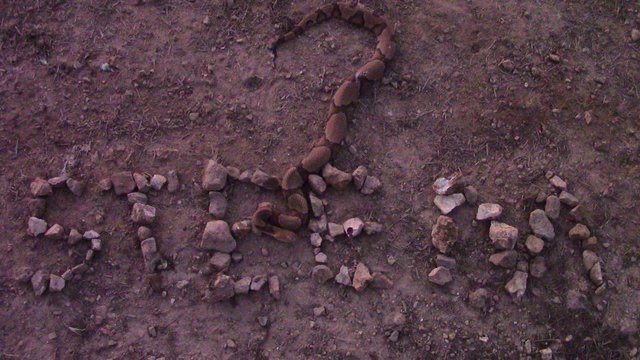
proof-of-snake-encounter
Awesome Handcrafted @papa-pepper logo kindly donated by @vlad - Thank you!!
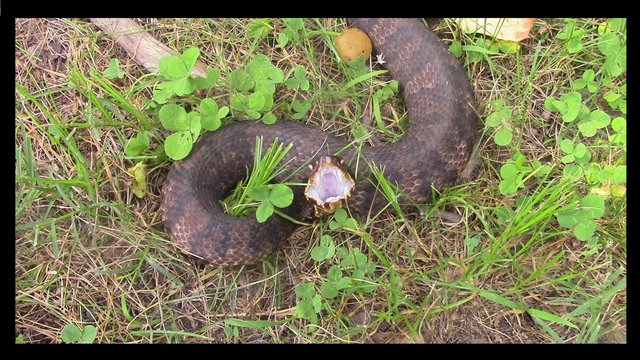
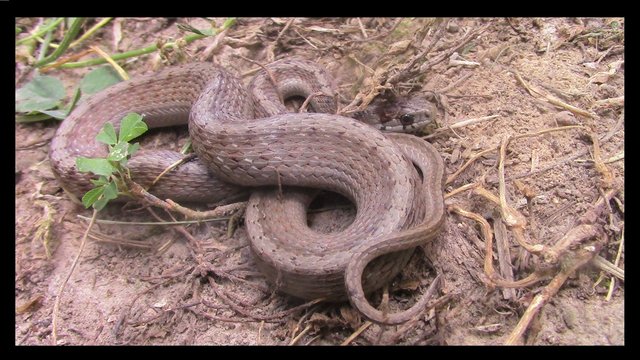
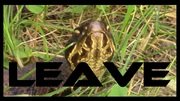
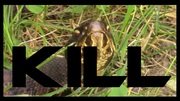
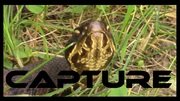
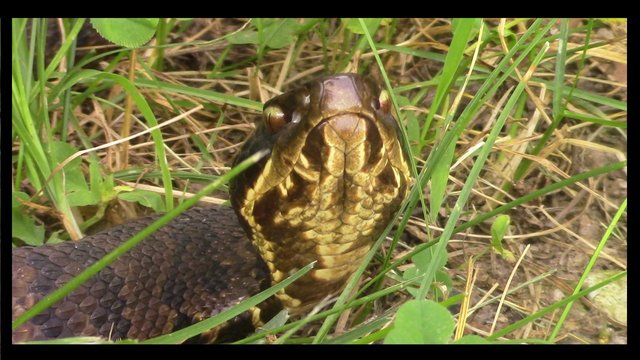
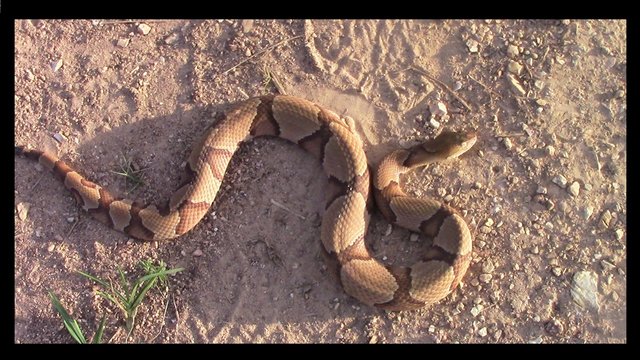
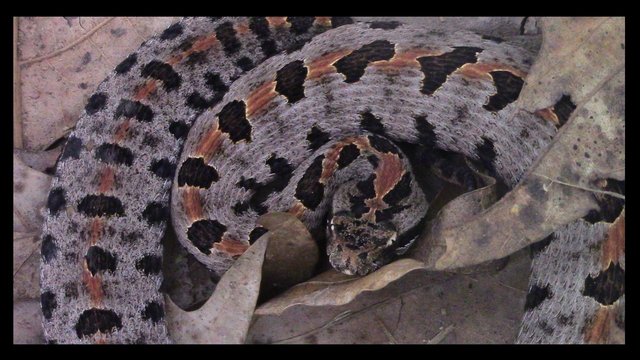

Check out the bottom of this post ...
https://steemit.com/yard-life/@tuck-fheman/tucks-yard-life--day-2
I chose option 3. ;)
Option 2 : KILL - But yeah. I've never encountered one of those in the wild... yet.
Also, that strange beetle is a "Click" beetle. If you flip them on their back, they'll "snap" their neck and make a clicking sound that launches them into the air so they can land on their feet. Pretty cool stuff. I've found them from WI to LA to TZ, and some get pretty big!
THanks for sharing!
Ah yes, I should have scrolled back up. Option 2 was the correct choice I think. ;)
Well he wasn't clicking any more that day. I think he died or something when he fell on me. He never made a sound or moved again. =/
This is my Favourite Choice as well.
Leave it Alone
Works best for most people, I just have a hard time with it sometimes...
Thanks for reinforcing the advice.
Write "STEEM" in dead snake = Trending!
NO DEAD SNAKE HERE. That's just where I put it.
HUMOUR !!!!!
10-4 I get it.
THANKS!
I didn't feel like re-positioning him too much, that's kind of dangerous!
Black racers live in the crawlspace under my home. I don't care bc they kill the mice, rats, and other pest from the woods.
Cool. I love racers.
They sure are beautiful!
Snake Relocators - I smell a reality show!
If you get a network to develop it, let me know, I'm in.
Also, if that pans out, I could use a good person to run the camera. You interested? It could be funny..
If there are snakes there...I'm not :)
oh...... Well, I could always relocate them!
Is it true that non venomous snakes have round pupils
Pit Vipers like Rattlesnakes, Cottonmouths, and Copperheads have cat-like pupils. However, the Coral Snake is both venomous and has round pupils.
Nonvenomous snakes will all have round pupils as far as I know.
You can see the "cat eyes" in the three pit vipers I photographed for this post.
That's very Sneaky snakes watch at @papa-pepper
🐍🐍🐍🐍🐍🐍🐍🐍🐍🐍🐍🐍🐍🌶🌶🌶🌶🌶🌶🌶🌶🌶🌶🌶🌶🌶🌶🌶🌶🌶🌶
Glad you liked it!
Weird How Snakes/Reptiles blend in with Landscape
I like the pictures
Upvoted!
It certainly helps them out.
I like camouflage!
:)
THANX!
Great post and I really liked the video. Great content. One question, how do you let go of that thing?
TWO ANSWERS:
I will take note. Thanks again